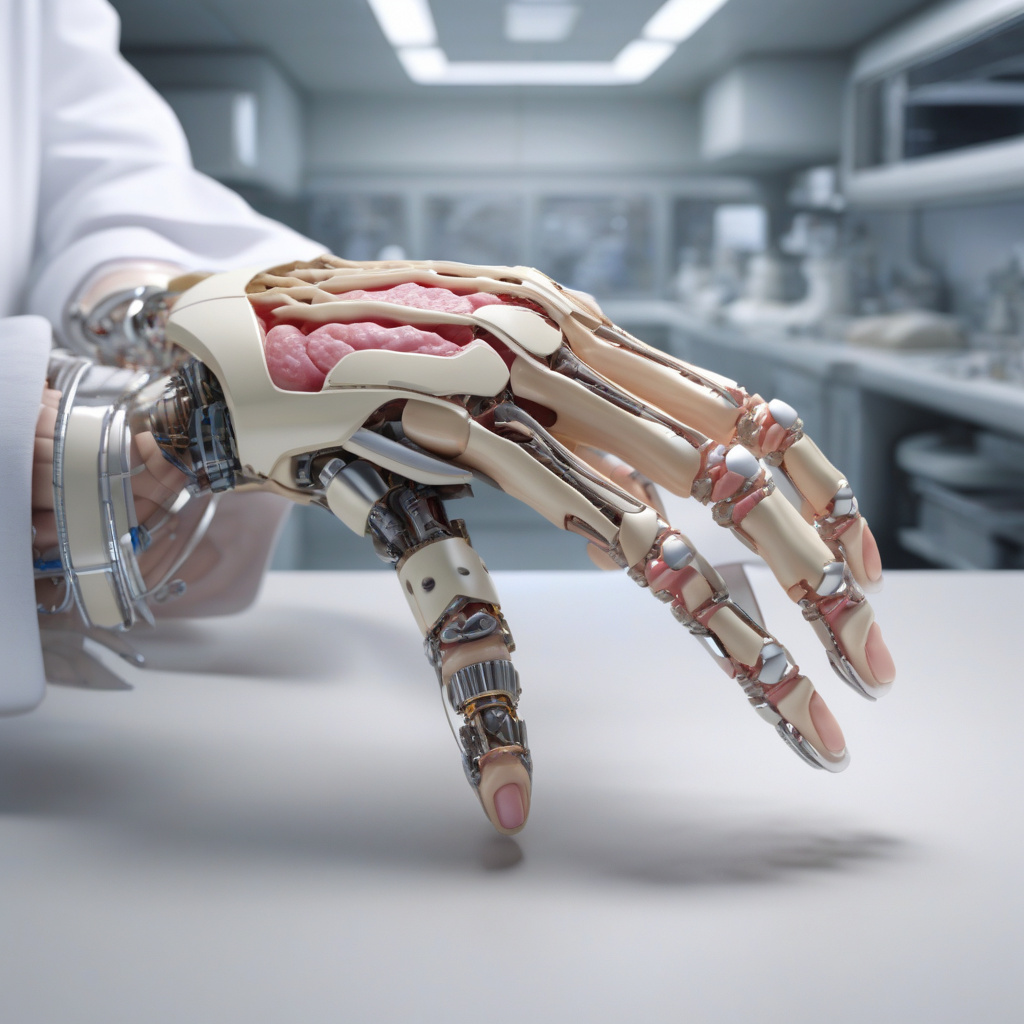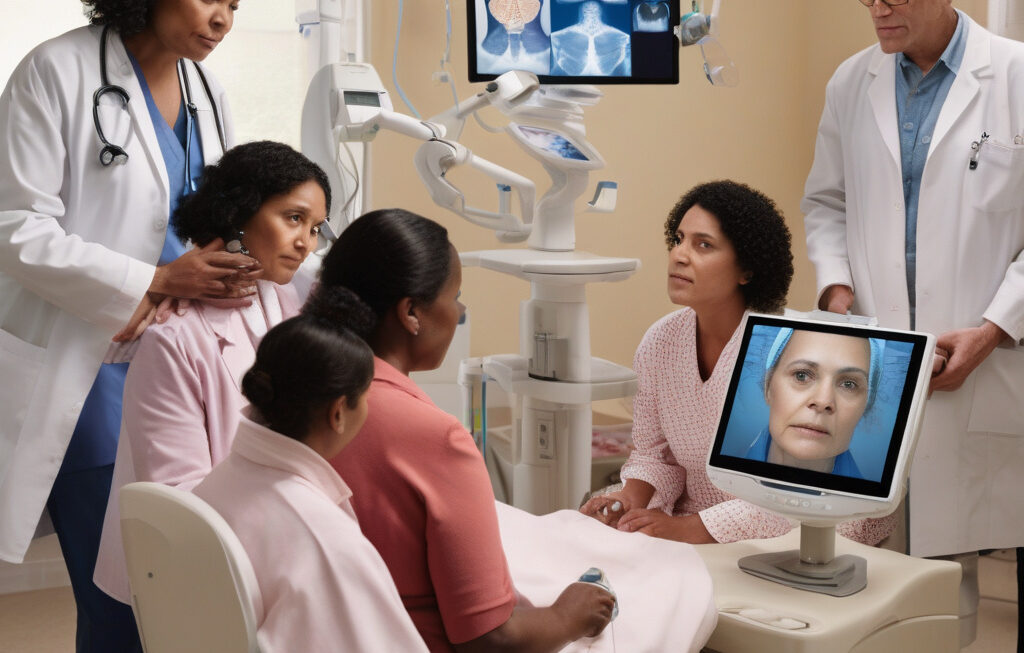Japanese Biohybrid Hand Breakthrough
Remarkable engineering and biology have merged to create a robot hand that could redefine prosthetics and robotics. This groundbreaking innovation represents a significant leap forward in the field of bionics, blending the latest technology with biological components to mimic the dexterity and sensitivity of a human hand.
The Japanese biohybrid hand is a testament to the power of interdisciplinary collaboration, bringing together experts in robotics, biomechanics, and biology to develop a truly revolutionary product. By combining advanced materials, artificial intelligence, and biological tissues, researchers have successfully created a robotic hand that closely resembles the capabilities of its human counterpart.
One of the key features of the Japanese biohybrid hand is its remarkable dexterity and sensitivity. Thanks to intricate sensors and actuators, the hand is capable of performing delicate tasks with precision and accuracy. Whether it’s picking up fragile objects or manipulating complex tools, this biohybrid hand excels in various activities that were previously challenging for traditional prosthetics.
Moreover, the integration of biological tissues into the design adds another layer of functionality to the biohybrid hand. By incorporating living cells and tissues, the hand can not only sense touch and pressure but also respond to stimuli in a more natural way. This biohybrid approach marks a significant departure from conventional prosthetic devices, which often lack the sensory feedback essential for seamless interaction with the environment.
The implications of this breakthrough extend beyond the realm of prosthetics. The Japanese biohybrid hand has the potential to revolutionize industries such as manufacturing, healthcare, and even space exploration. Imagine robots equipped with these advanced hands working alongside human workers on assembly lines, or surgeons using biohybrid instruments for intricate surgical procedures with enhanced precision.
Furthermore, the development of the biohybrid hand underscores Japan’s position as a global leader in robotics and innovation. With a long history of pioneering technological advancements, Japanese researchers continue to push the boundaries of what is possible in the field of bionics. By combining expertise from multiple disciplines and fostering a culture of innovation, they have successfully created a product that has the potential to transform the way we think about human-machine interaction.
As we look to the future, the Japanese biohybrid hand serves as a testament to the endless possibilities that arise when engineering and biology converge. By harnessing the power of technology and biology, researchers have unlocked new opportunities for enhancing human capabilities and improving quality of life for individuals with limb differences. This remarkable achievement paves the way for a new era of biohybrid technologies that could shape the future of prosthetics and robotics.
In conclusion, the Japanese biohybrid hand represents a groundbreaking advancement in the field of bionics, showcasing the potential of interdisciplinary collaboration and innovation. With its unparalleled dexterity, sensitivity, and integration of biological tissues, this revolutionary product has the power to redefine the capabilities of prosthetics and robotics. As we witness the transformative impact of this technology, one thing is clear – the future of human-machine interaction has never looked more promising.
#JapaneseBiohybridHand #BionicsInnovation #RoboticsRevolution #InterdisciplinaryCollaboration #BiohybridTechnology












